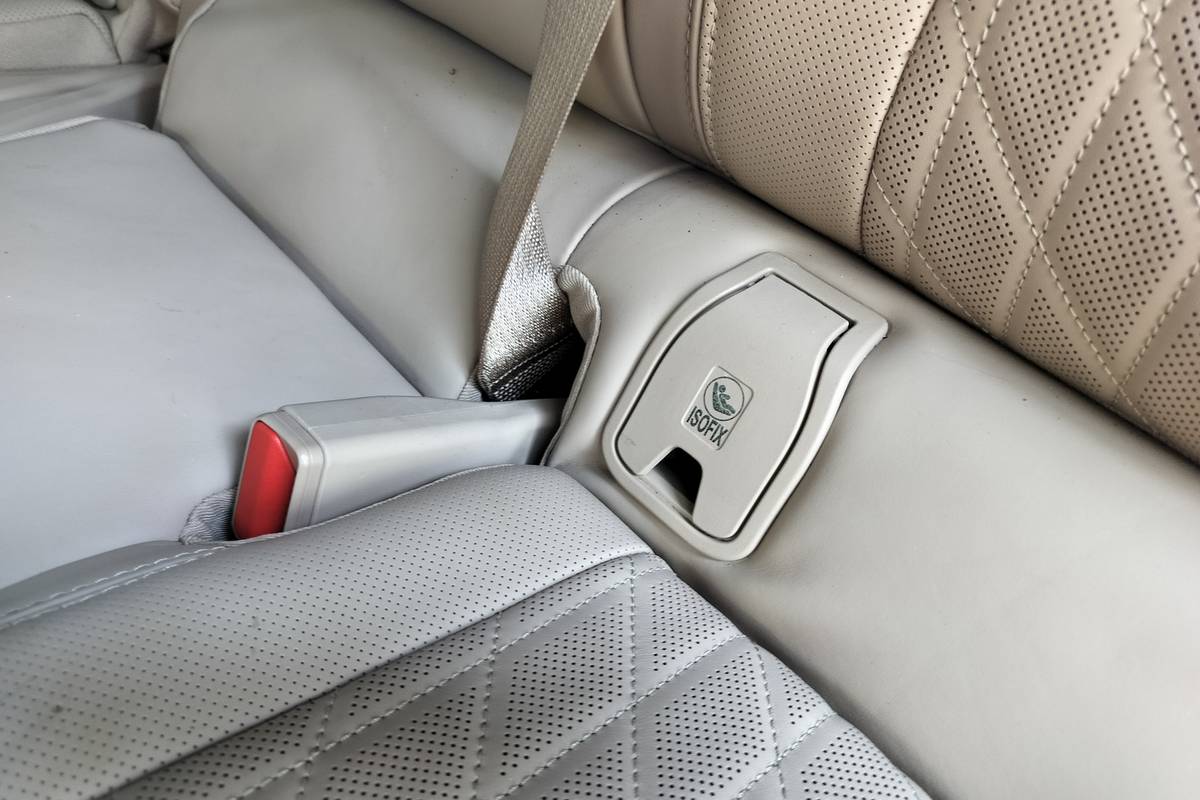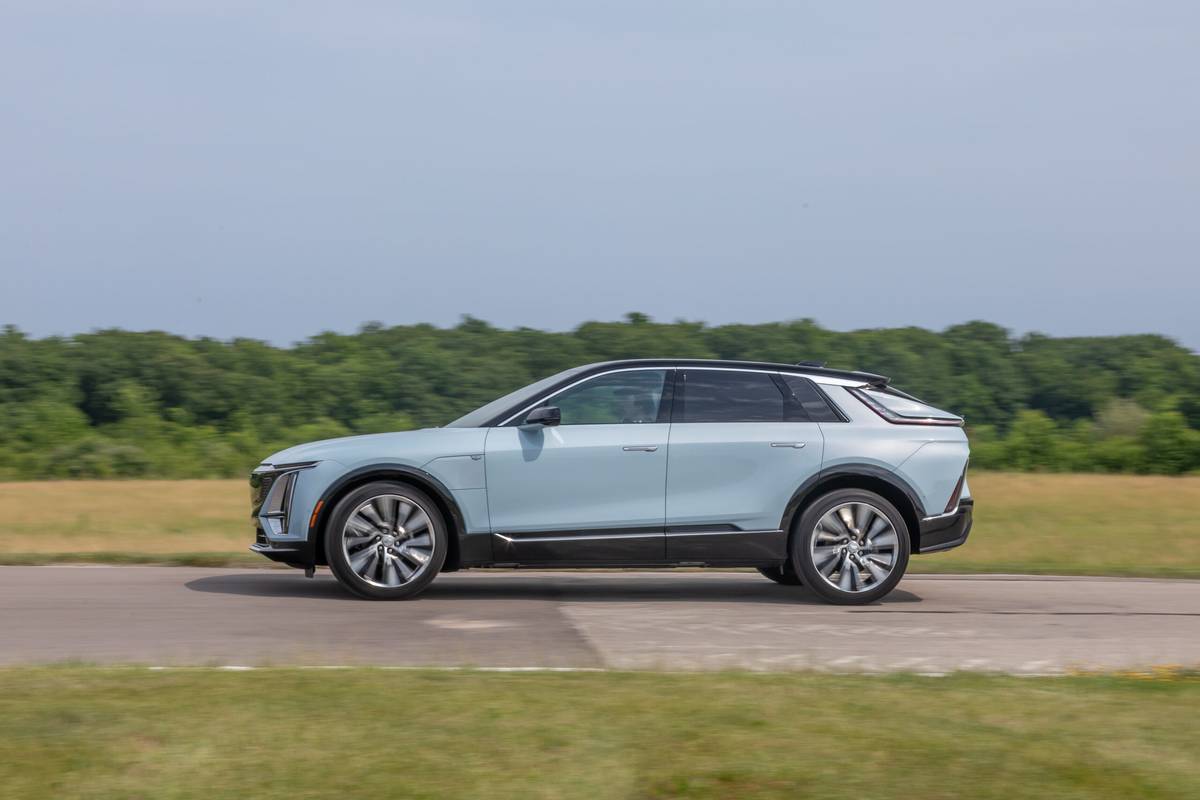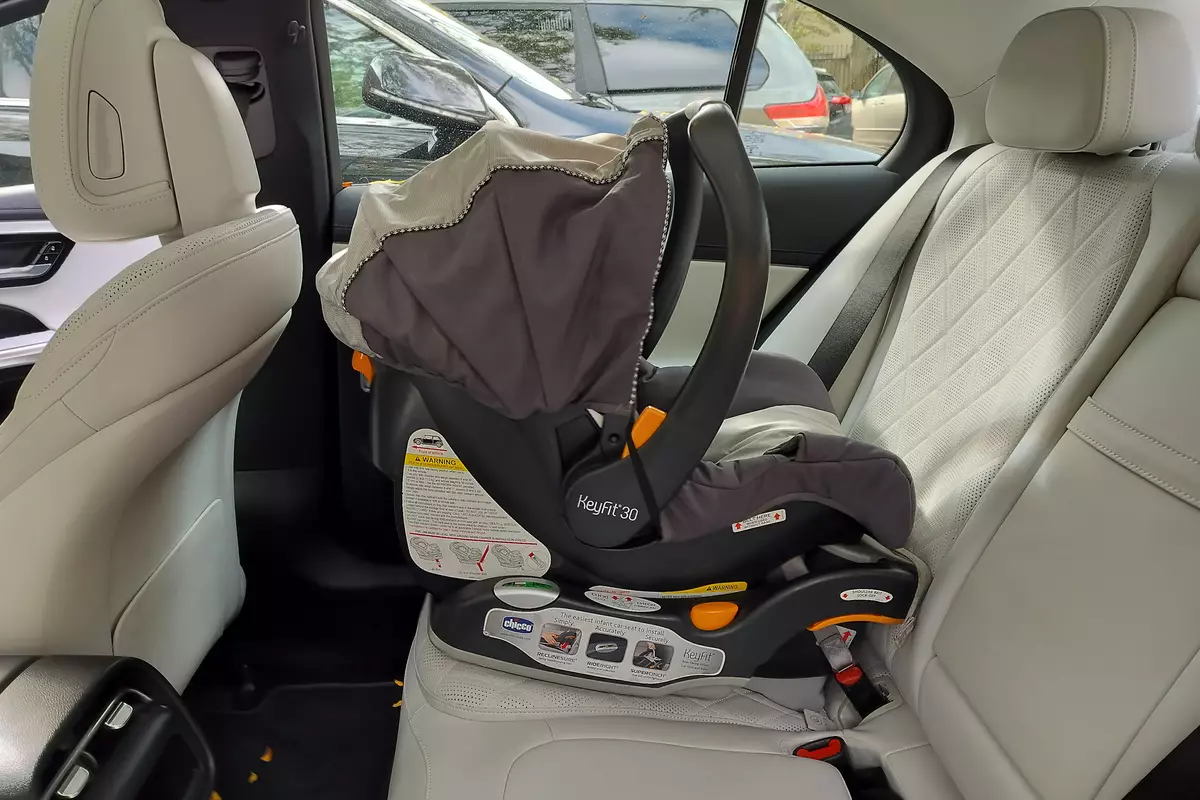chicagotribune.com's view
It was deja vu all over again.
We test-drove the Nissan Quest, Nissan`s version of the Mercury Villager, which we already had driven (Cartalk/June 7).
That`s the type of confusion that arises when two companies join forces to build the same vehicles, in this case front-wheel-drive mini-vans and the two latest rivals in the competition to unseat Chrysler as mini-van king.
There are lots of pretenders to the throne, but there is only one throne, and Chrysler still has a lock on that stately chair.
While some of the rivals have been no more than court jesters-the Toyota Previa mini-van comes to mind-Quest represents a fairly serious challenge. Close, but no crown.
Quest is billed as a mini-van that rides and handles like a car, which puts it in the same league as Chrysler Corp.`s Dodge Caravan, Plymouth Voyager and Chrysler Town and Country, along with General Motors Corp.`s Pontiac Trans Sport, Chevrolet Lumina and Oldsmobile Silhouette, all of which have front- wheel drive. The rear-wheel-drive Ford Aerostar and Chevrolet Astro mini- vans ride and handle more like trucks.
With a 112.2-inch wheelbase and 189.9-inch overall length, Quest is about the same size as a Chrysler mini-van.
A 3-liter, 151-horsepower, V-6 engine teamed with a four-speed automatic transmission makes Quest come to life. Quest is light on its treads and will leave many a family sedan behind when the light turns green. Quest is very carlike in its response to pedal pressure.
The mileage rating is 17 m.p.g. city/23 highway.
Independent MacPherson struts, a front stabilizer bar and rear leaf springs contribute to comfortable ride and handling, so you won`t suffer such indignities as bumps or bounces when you drive over tar marks, or sway or lean when you change lanes or move sharply left or right. Power rack-and-pinion steering complements the suspension and provides alert response when you move the wheel. Quest also is very carlike in that it minimizes road harshness when you`re moving.
But seating for seven, a slide-open side door and swing up hatchback lid snap you back to reality. This is a van and not a car, a convenient alternative to a station wagon.
The Quest GXE we test-drove came with two bucket seats up front, two buckets behind them and a three-position bench in the rear. Seats fold up, down and forward or simply pop out. The seat backs provide flat, tablelike surfaces when folded, with sufficient built-in cupholders that you could serve meals for a dormitory inside.
Nissan boasts that the base XE model has 20 seating configurations and that the GXE offers 24 configurations. Because we only had the vehicle a week we kept the chairs in their original positions but took advantage of the bench seat`s ability to slide forward or back on a track to provide increased cargo space. You can load groceries or luggage without having to remove the se at.
With all the folding and sliding, the seats allow you to carry about anything you could put in an extended-length van without having to buy an extended-length van or remove any seats.
If the National Seating Institute (if there is such a thing, and in this world of special interests, it would be difficult to imagine there isn`t) were to bestow an annual award for ingenuity, Quest-and Villager-would win first, second and third prizes.
There`s also ample room for passengers who enter through the side door to get into the seats.
A couple of gripes, however, are that there`s no air bag and that anti- lock brakes are a $700 option. Because this is a family-type vehicle that often will haul more than one passenger and probably a kid or two, anti-lock brakes should be standard. Nissan will correct the air-bag deficiency by offering one, if not in January, then next fall for the 1994 model year, when a driver`s side cushion will be added (dittof r the Villager).
Another gripe has to do with water and snow. When a dusting of the white stuff covered the slanted front end, we found that after we drove a short distance the melted snow flew back onto the windshield and continued to do so for several minutes and miles. It was as if someone had turned a hose onto the windshield. Perhaps it was the slant of the hood or that a ribbed sheet of plastic between the hood and the windshield seems designed to hold onto snow and water longer than necessary.
We also found that after heavy rain, water seemed to run down the roof onto the windshield for an unusually long time. The built-in roof drain channels are low and on the sides of the roof and do little to keep water that is high and in the middle of the roof from washing onto the glass.
The base Quest starts at $17,545. The GXE starts at $21,450.
Standard equipment in both models includes power brakes and steering; air conditioning; AM-FM stereo with cassette; 15-inch all-season radial tires; tilt steering wheel; rear-window defroster, wiper and washer; and full carpeting with mats.
Notes
The Chicago Automobile Trade Association raised about $300,000 for local charities this year at its first Chicago Auto Show Charity Night Preview the Friday before the exposition opened.
A black-tie charity night will be staged next year from 7 to 10 p.m. Feb. 5 at McCormick Place. The show runs from Feb. 6 to 14.
Tickets for the charity night cost $100 and can be obtained at the door or by calling the Chicago Automobile Trade Association at 708-954-0600.
Secretary of State George Ryan is general chairman of next year`s benefit.
Latest news



